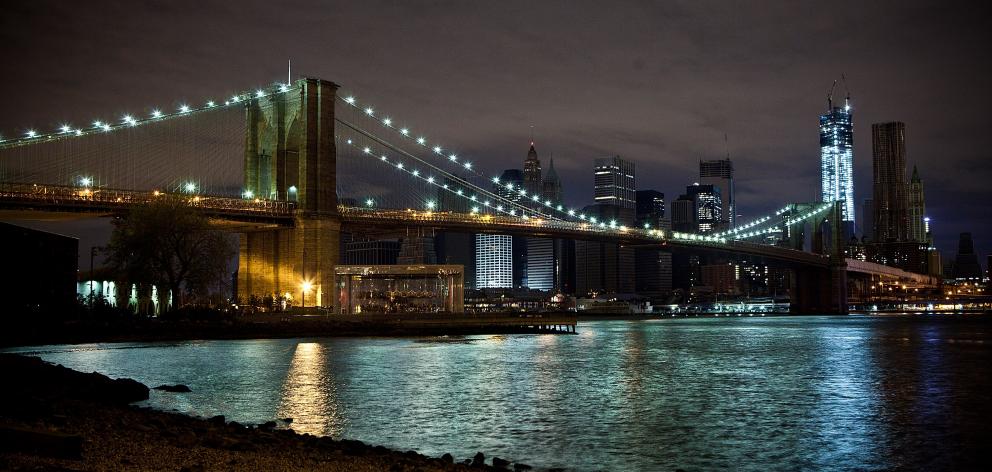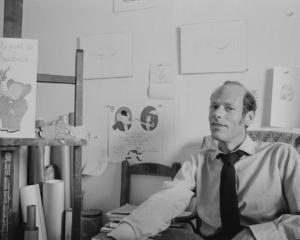
Erica Wagner focuses on the father and son who built one of New York's most enduring monuments.
By GILLIAN VINE
CHIEF ENGINEER:
THE MAN WHO BUILT THE BROOKLYN BRIDGE
Erica Wagner
Bloomsbury
It seems unjust that the man most often associated with the Brooklyn Bridge is not its engineer, Washington Roebling, but one of America's most successful conmen, George C. Parker.
Parker was the man who "sold'' the Brooklyn Bridge and other New York landmarks, was eventually convicted of fraud and died in Sing Sing Prison in 1928. He is the inspiration for the expression, "If you believe that, I've a bridge I can sell you''.
Civil War engineer Washington Roebling could never have guessed what lay ahead when he joined his extremely talented architect/engineer father, John, as his right-hand man. John had been named chief engineer of the East River bridge project in 1869, a project he must have relished as he had proposed such a bridge a dozen years earlier.

At this time, Brooklyn was not yet a dormitory suburb of New York but a city - America's third largest - in its own right. The Dutch had established a ferry service across the river that separated the two cities in 1642 but a century later the volume of traffic suggested a bridge would make sense. It took tragedy, in the form of a two-ferry collision that killed a youngster and injured 20 people, to swing public opinion in favour of a bridge.
Having drawn up detailed plans, Roebling sen was about to start work but had an accident when inspecting the site, slicing off part off his foot. These days, such an injury would be considered relatively minor but Roebling developed tetanus and died soon afterwards. Washington was left to carry on, completing the project 12 years later, at a cost of $US15.5 million (about $NZ550 million today) and with the loss of 27 workmen.
In Chief Engineer: The Man Who Built the Brooklyn Bridge, Erica Wagner plaits three strands: the father, the son and the bridge.
Although Washington followed his father, being named chief engineer after his father's death, he was not simply his parent's mouthpiece carrying on the dead man's work, but a brilliant engineer in his own right.
He had another advantage in his wife, Emily, who took a keen and informed interest in Washington's work and was the first person to cross the bridge when it was opened in May 1883. She was "of greatest assistance to me in the conduct of the routine matters of the [bridge] work'', he once wrote, a rare admission for a 19th-century male and an indication of Emily's own brilliance.
The attraction of Chief Engineer is Wagner's multi-faceted approach, supported by a selection of photographs, giving the book appeal to a wider readership than engineers and architects.
So let's forget George C. Parker and concentrate on the Roebling father and son who built one of New York's most enduring monuments.
Gillian Vine is a Dunedin writer.











